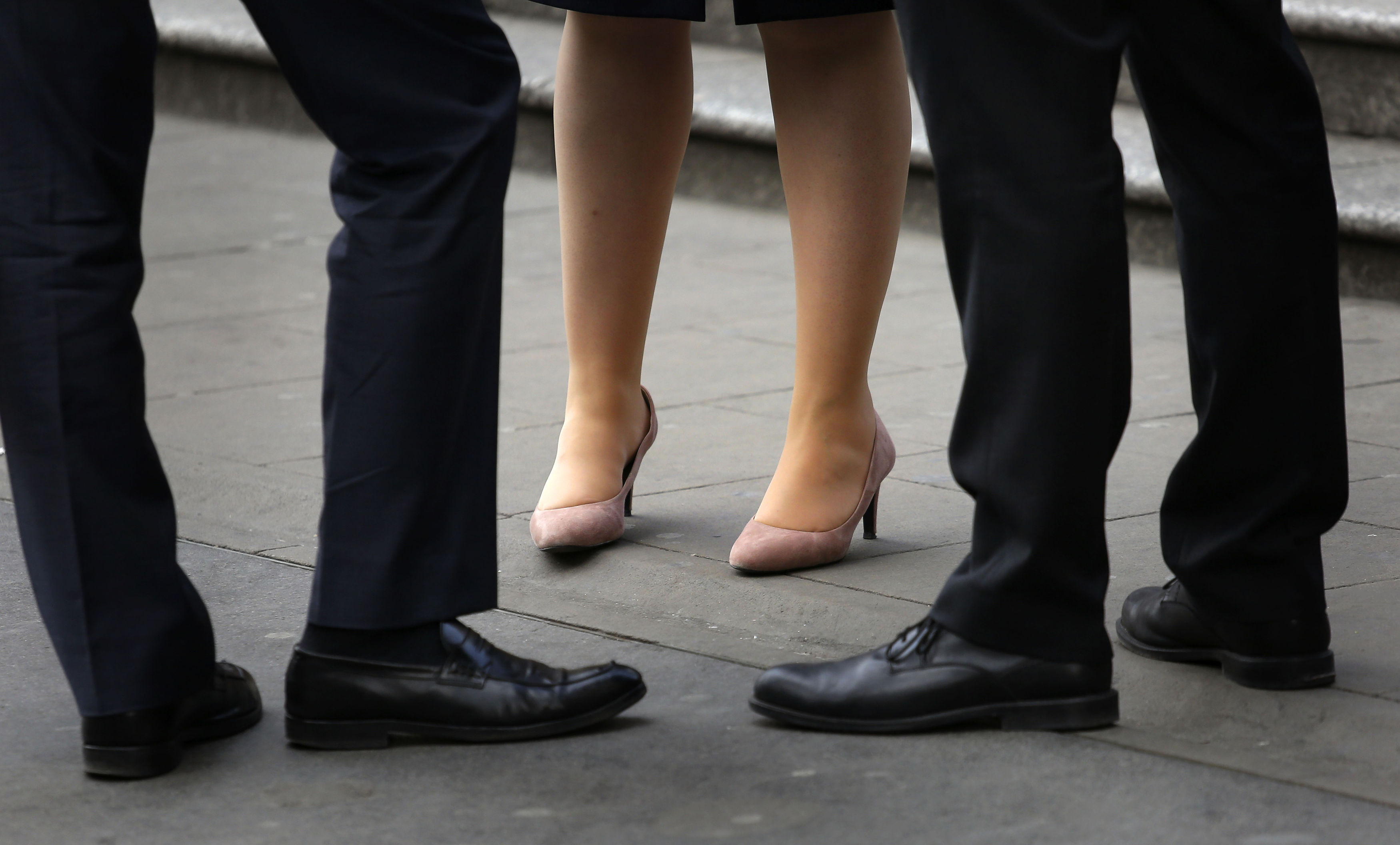
WOMEN have effectively been working for free so far this year because of the gender pay gap, according to a new study.
Research by the TUC found that the 18% pay gap for full and part-time workers means women start getting paid today compared with the average male employee.
The union organisation dubbed today Women’s Pay Day, which coincides with the annual International Women’s Day.
Differences in pay are even bigger in industries dominated by women, such as education, health and social work and finance and insurance, said the TUC.
General secretary Frances O’Grady said: “Nearly 50 years since the Ford machinists went on strike at Dagenham, the UK still has one of the worst gender pay gaps in Europe. Women effectively work for free for two months a year.
“Companies publishing information on their gender pay gaps is a small step in the right direction but it’s nowhere near enough.
“Women in the UK will only start to get paid properly when we have better paid part-time and flexible jobs, and higher wages in key sectors like social care.”

Enjoy the convenience of having The Sunday Post delivered as a digital ePaper straight to your smartphone, tablet or computer.
Subscribe for only £5.49 a month and enjoy all the benefits of the printed paper as a digital replica.
Subscribe